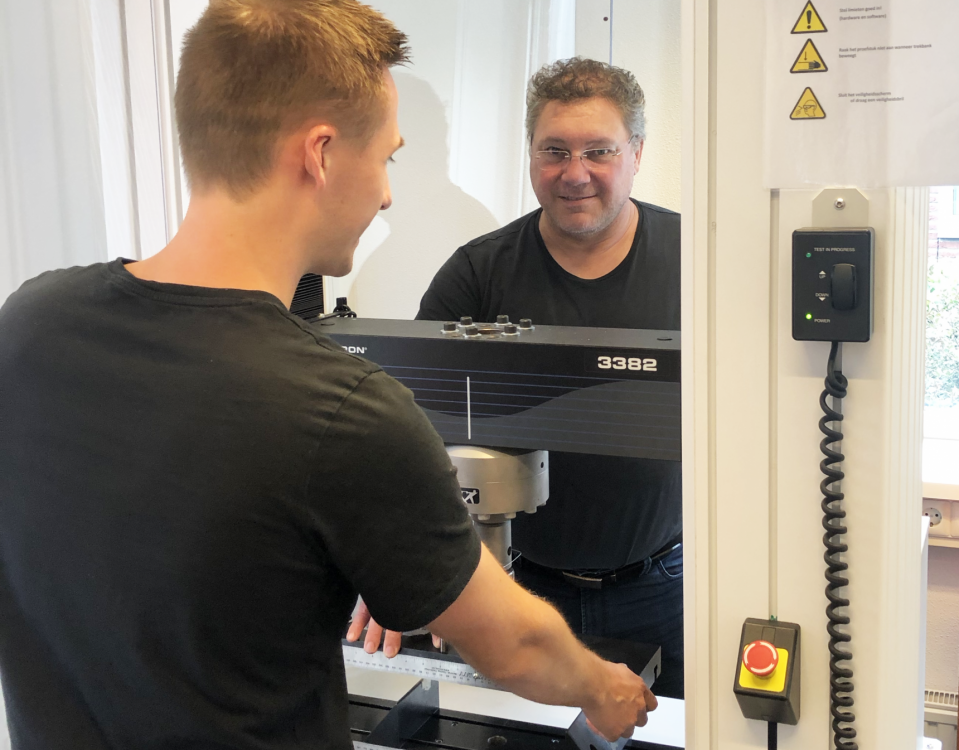

The paper solves a long-standing limitation of non-model-based diffusion weighted image generation techniques. Please provide details, for instance, if a method is novel, explain what aspect is novel and why this is interesting. Please list the main strengths of the paper you should write about a novel formulation, an original way to use data, demonstration of clinical feasibility, a novel application, a particularly strong evaluation, or anything else that is a strong aspect of this work.
QSPACE QUALITY TESTING GENERATOR
In addition the generator can be conditioned on existing diffusion weighted scans enabling it to complete sparse or partial acquisitions. The unique aspect is that the diffusion weighting parameters can be arbitrarily specified at test time without retraining the model. The paper presents an image synthesis algorithm for generating diffusion weighted images from standard structural MRI scans (T1w, T2w). Please describe the contribution of the paper.Across several recent methodologies, the proposed approach yields improved DWI synthesis accuracy and fidelity with enhanced downstream utility as quantified by the accuracy of scalar microstructure indices estimated from the synthesized images. Moreover, this approach enables downstream estimation of high-quality microstructural maps from arbitrarily subsampled DWIs, which may be particularly important in cases with sparsely sampled DWIs. Our translation network linearly modulates its internal representations conditioned on continuous q-space information, thus removing the need for fixed sampling schemes. We propose a generative adversarial translation framework for high-quality DWI synthesis with arbitrary q-space sampling given commonly acquired structural images (e.g., B0, T1, T2). Further, such approaches can restrict downstream usage of variably sampled DWIs for usages including the estimation of microstructural indices or tractography. However, they implicitly make unrealistic assumptions of static q-space sampling during training and reconstruction. Mengwei Ren, Heejong Kim, Neel Dey, Guido GerigĬurrent deep learning approaches for diffusion MRI modeling circumvent the need for densely-sampled diffusion-weighted images (DWIs) by directly predicting microstructural indices from sparsely-sampled DWIs. The technique’s performance on shorter acquisitions could make it feasible in routine clinical practice.Paper Info Reviews Meta-Review Author Feedback Post-rebuttal Meta-Reviewsīack to top List of papers List of papers - by topics Author List Paper Info

Our method’s robustness to noise is expected to not only improve the accuracy of the estimates, but also enable a meaningful interpretation of contrast in the derived scalar maps. Our findings on a human brain data set also reveal pronounced improvements, especially so for acquisition protocols featuring few number of volumes. Applying the framework on simulated signal profiles for diffusion tensors distributed according to non-central Wishart distributions demonstrates the improved noise resilience of QTI+ over the commonly employed estimation methods. We introduce an estimation framework utilizing semi-definite programming (SDP) to guarantee that these conditions are met. Here, we show that three independent conditions have to be fulfilled by the mean and covariance tensors associated with distributions of symmetric positive semidefinite tensors. The first two moments of the underlying DTD are made available by acquisitions at low diffusion sensitivity (b-values). This is accomplished by employing generalized gradient waveforms for diffusion sensitization alongside a diffusion tensor distribution (DTD) model. Q-space trajectory imaging (QTI) enables the estimation of useful scalar measures indicative of the local tissue structure.


 0 kommentar(er)
0 kommentar(er)
